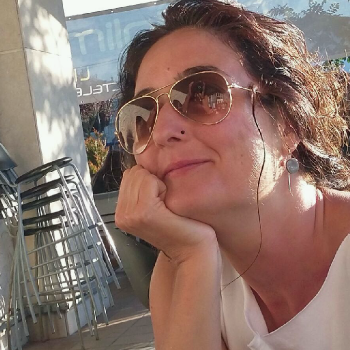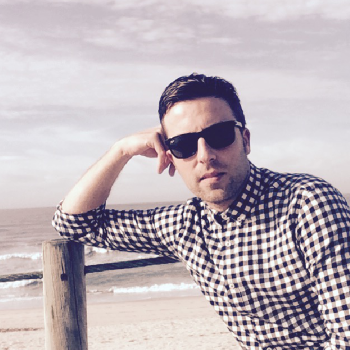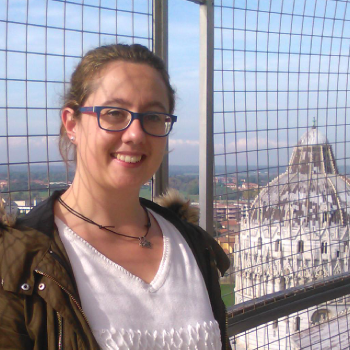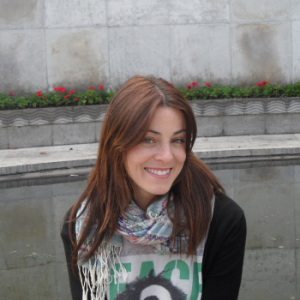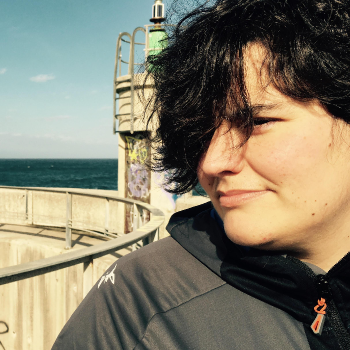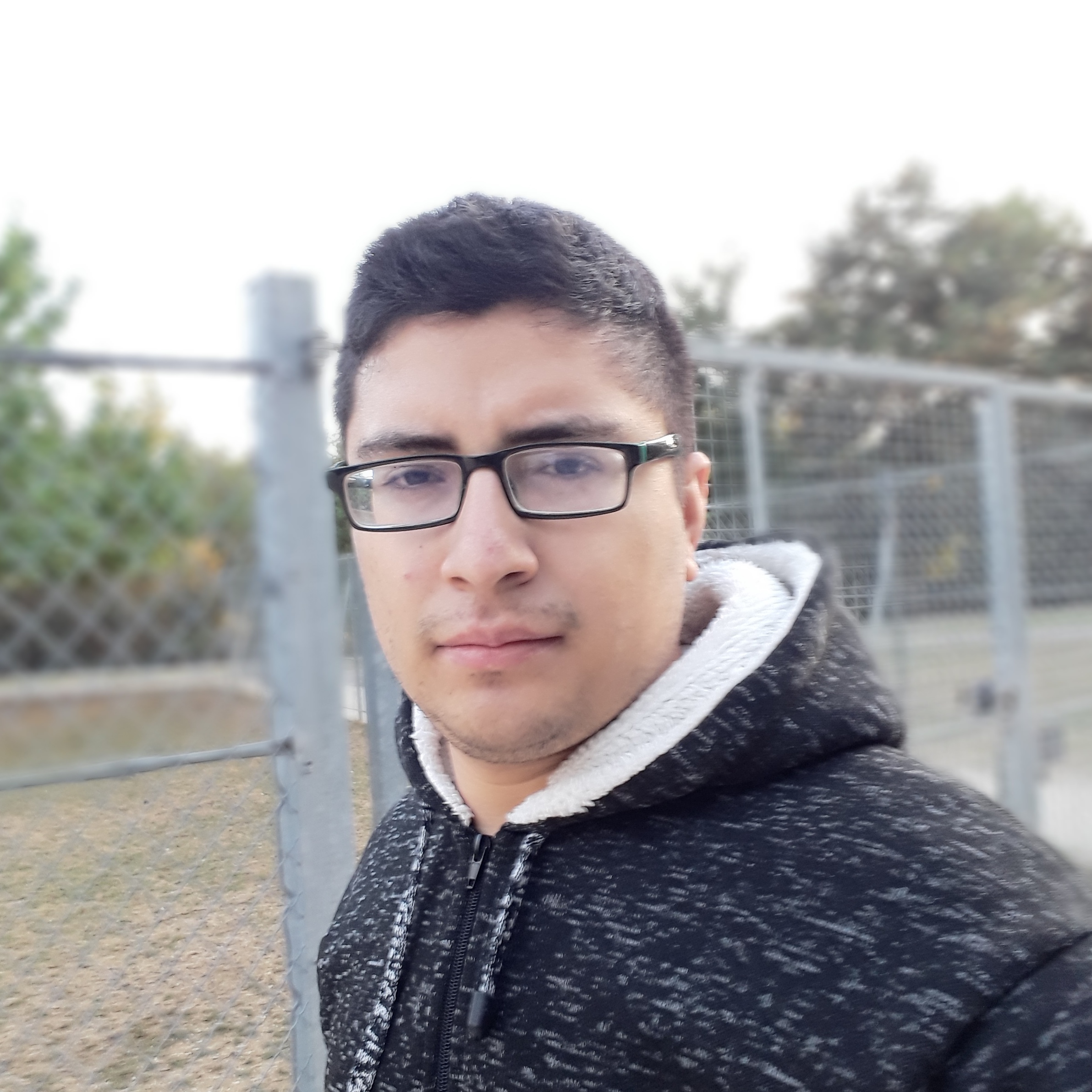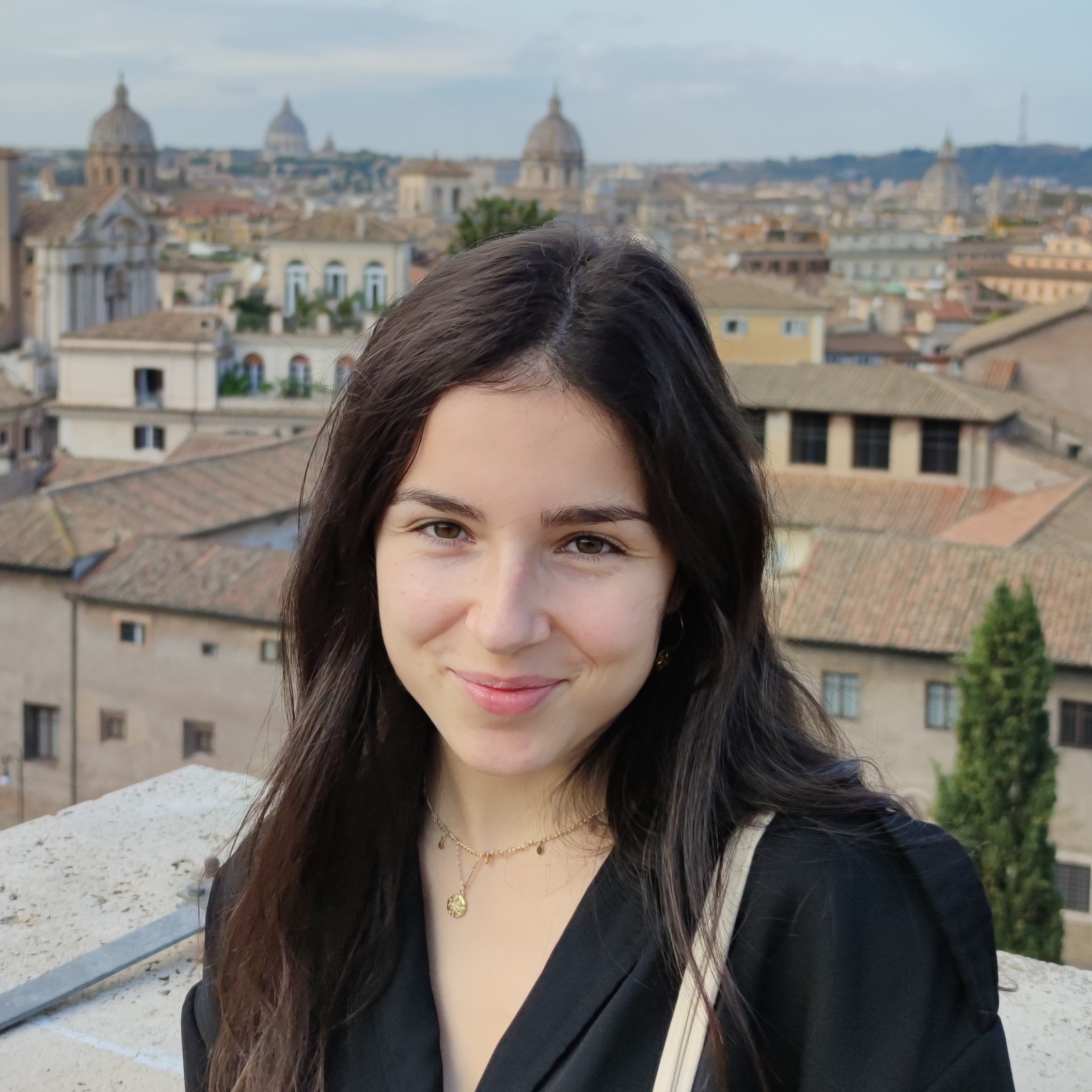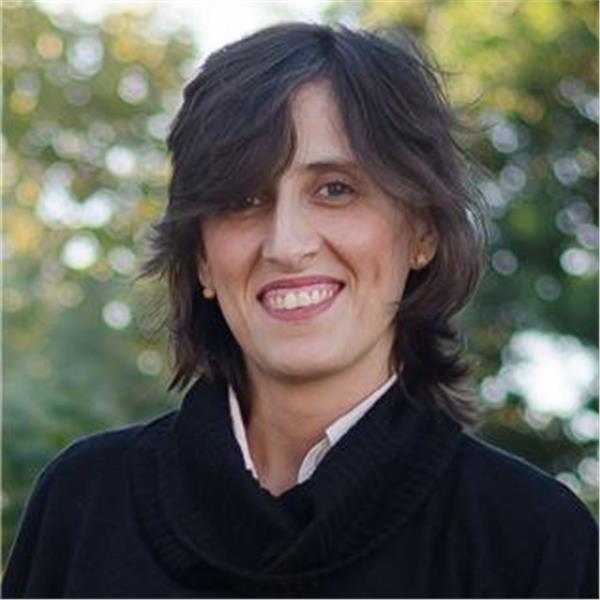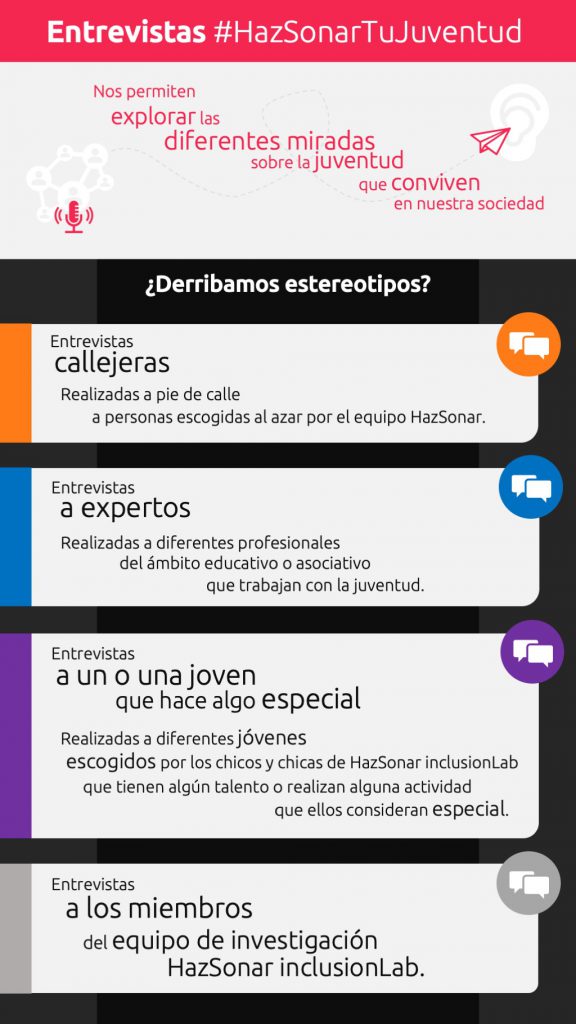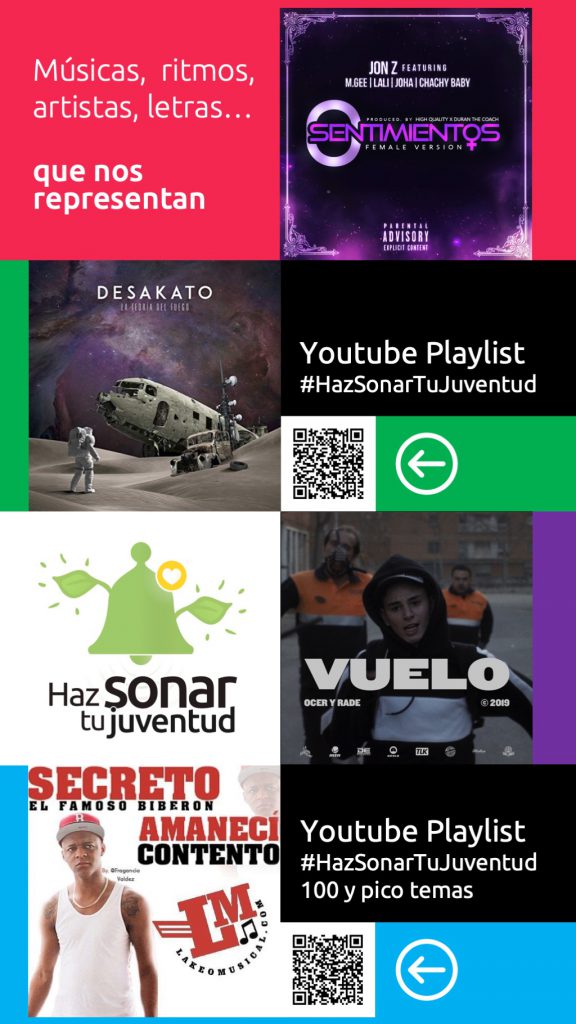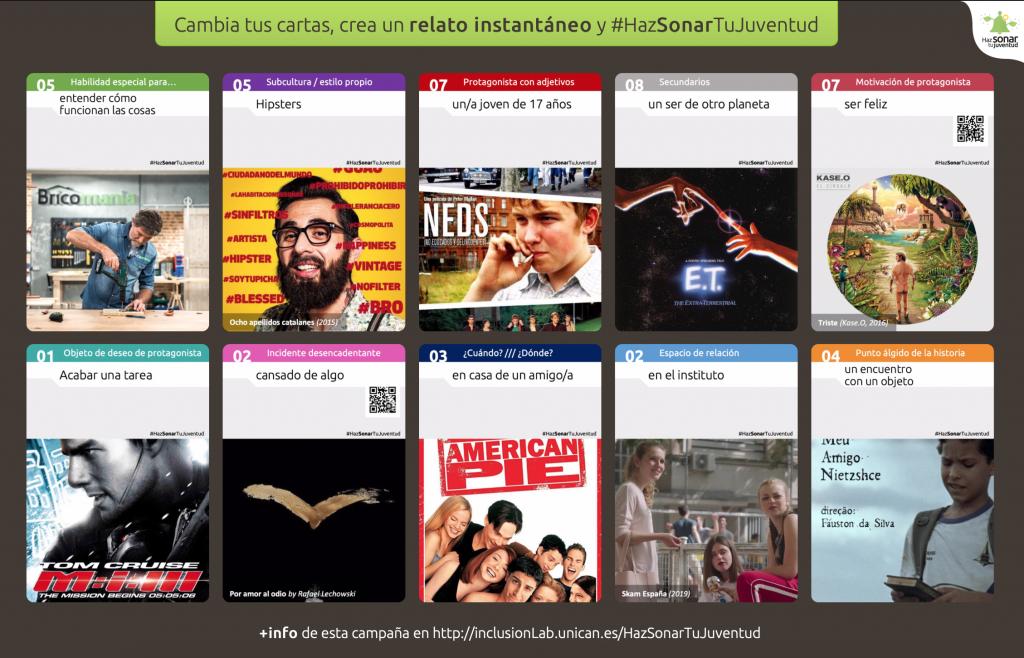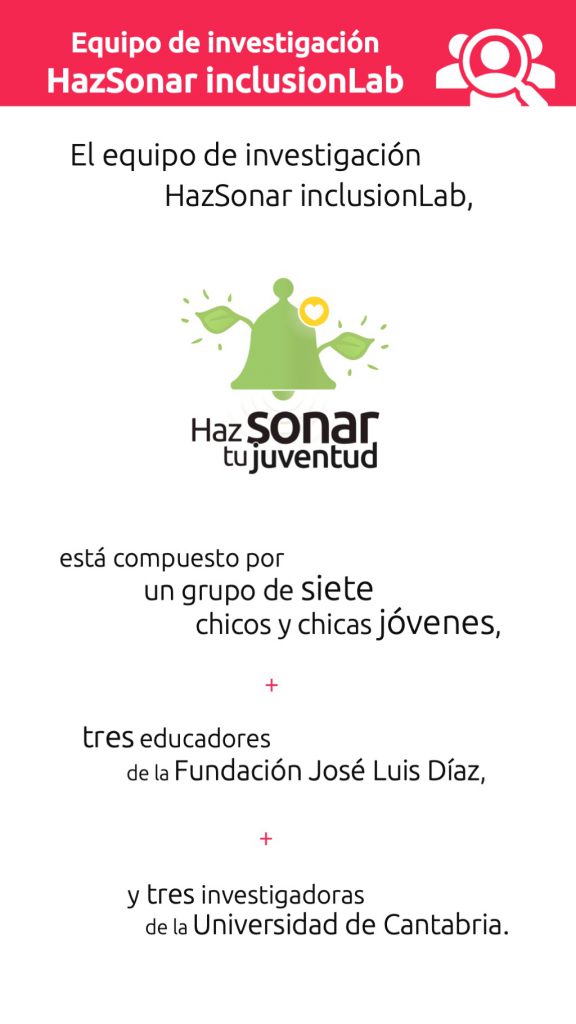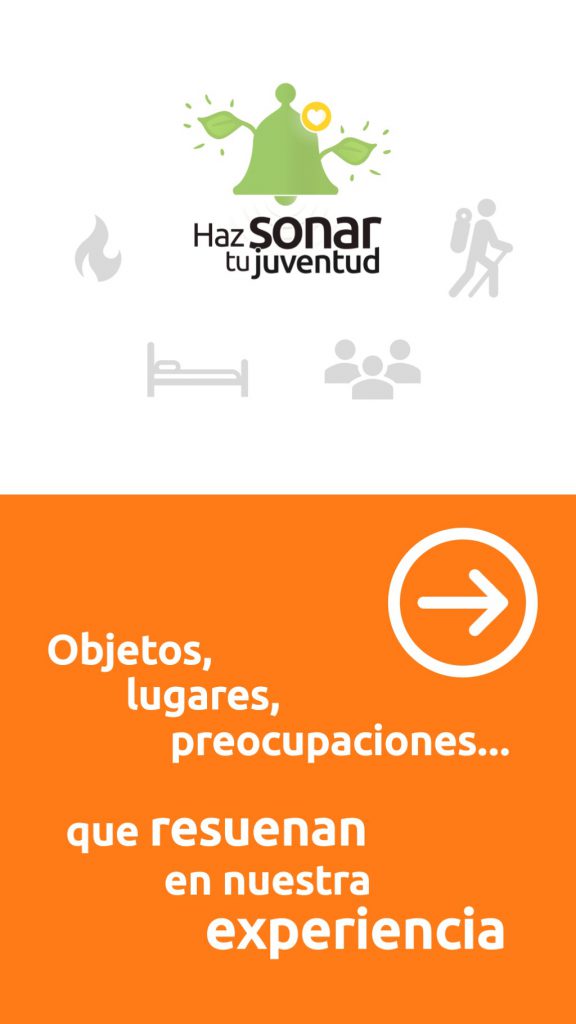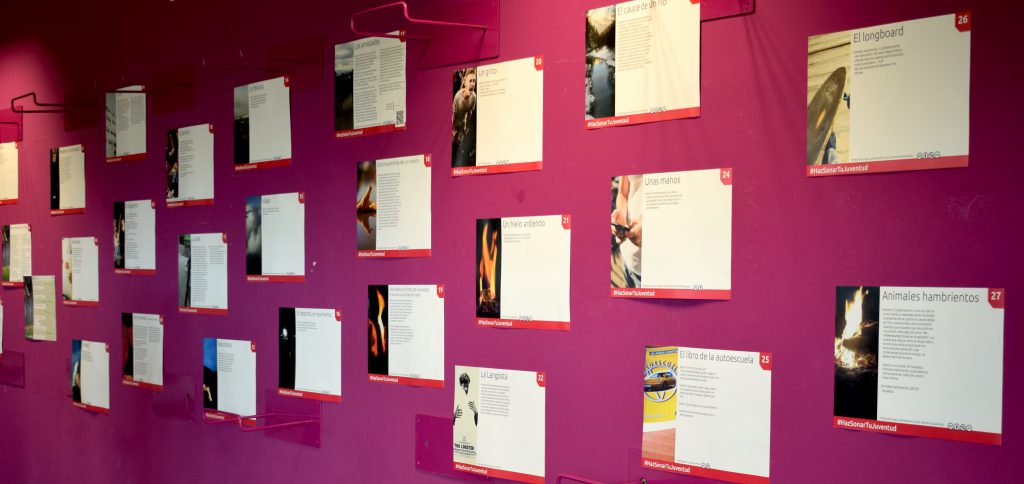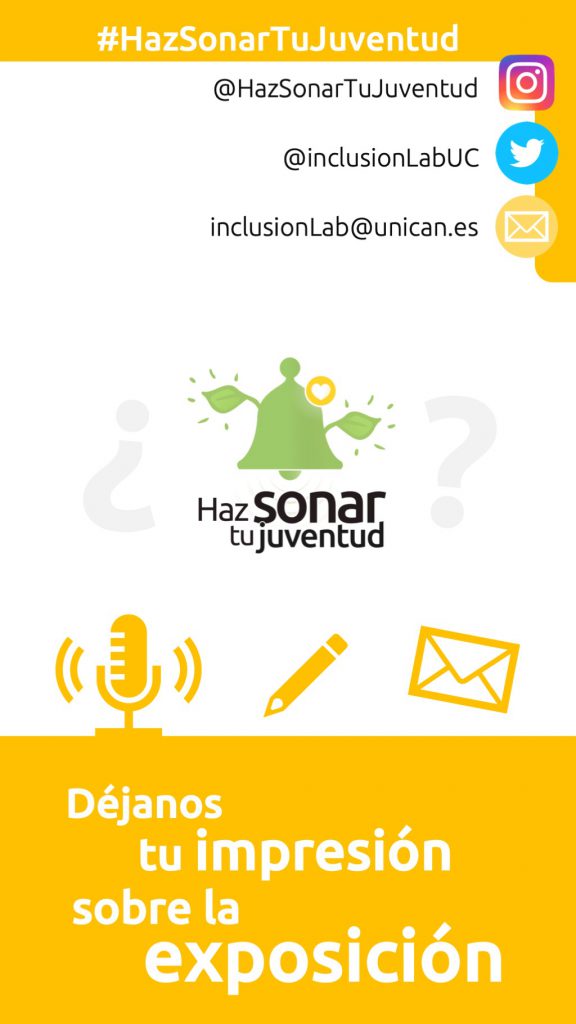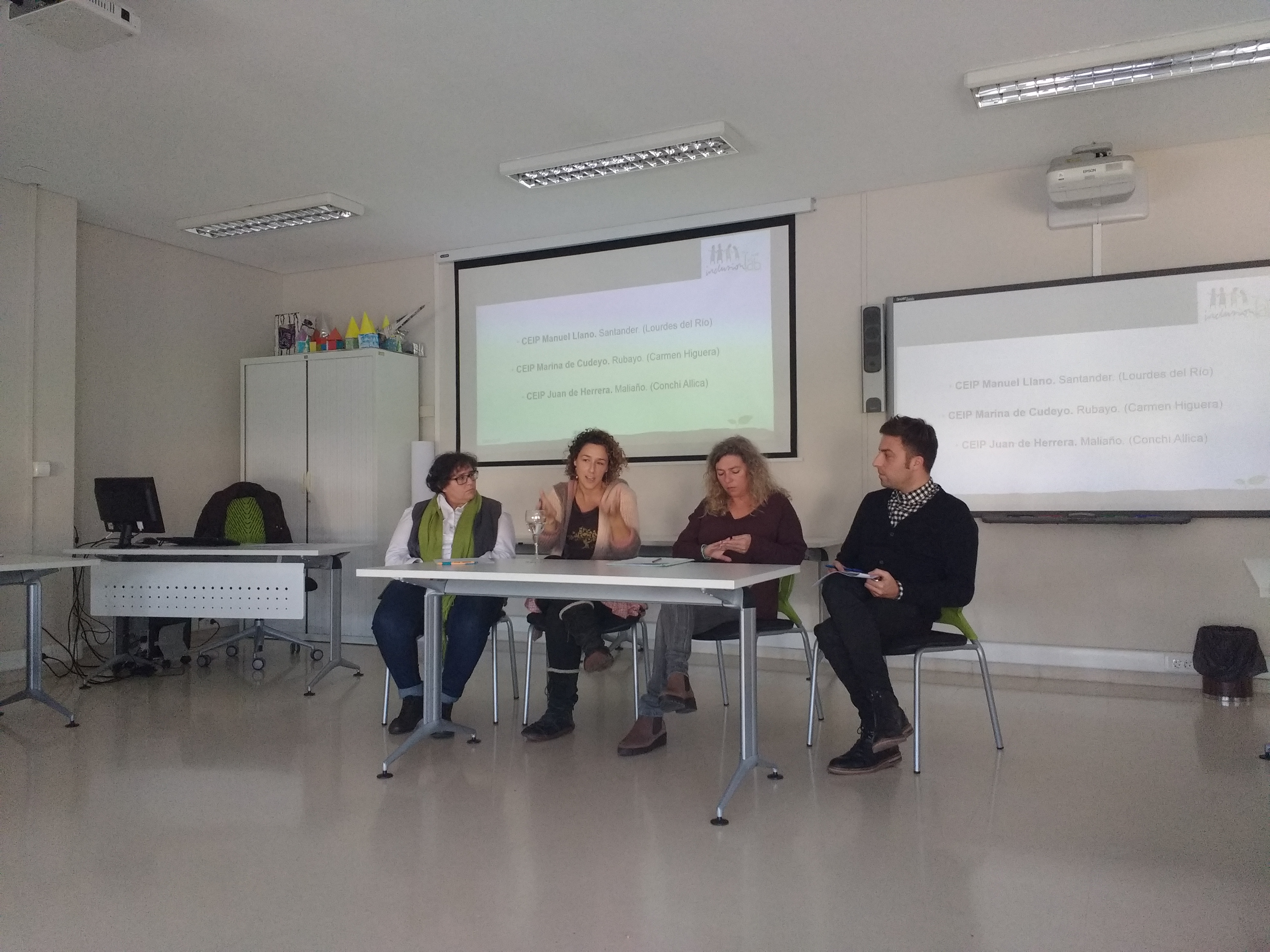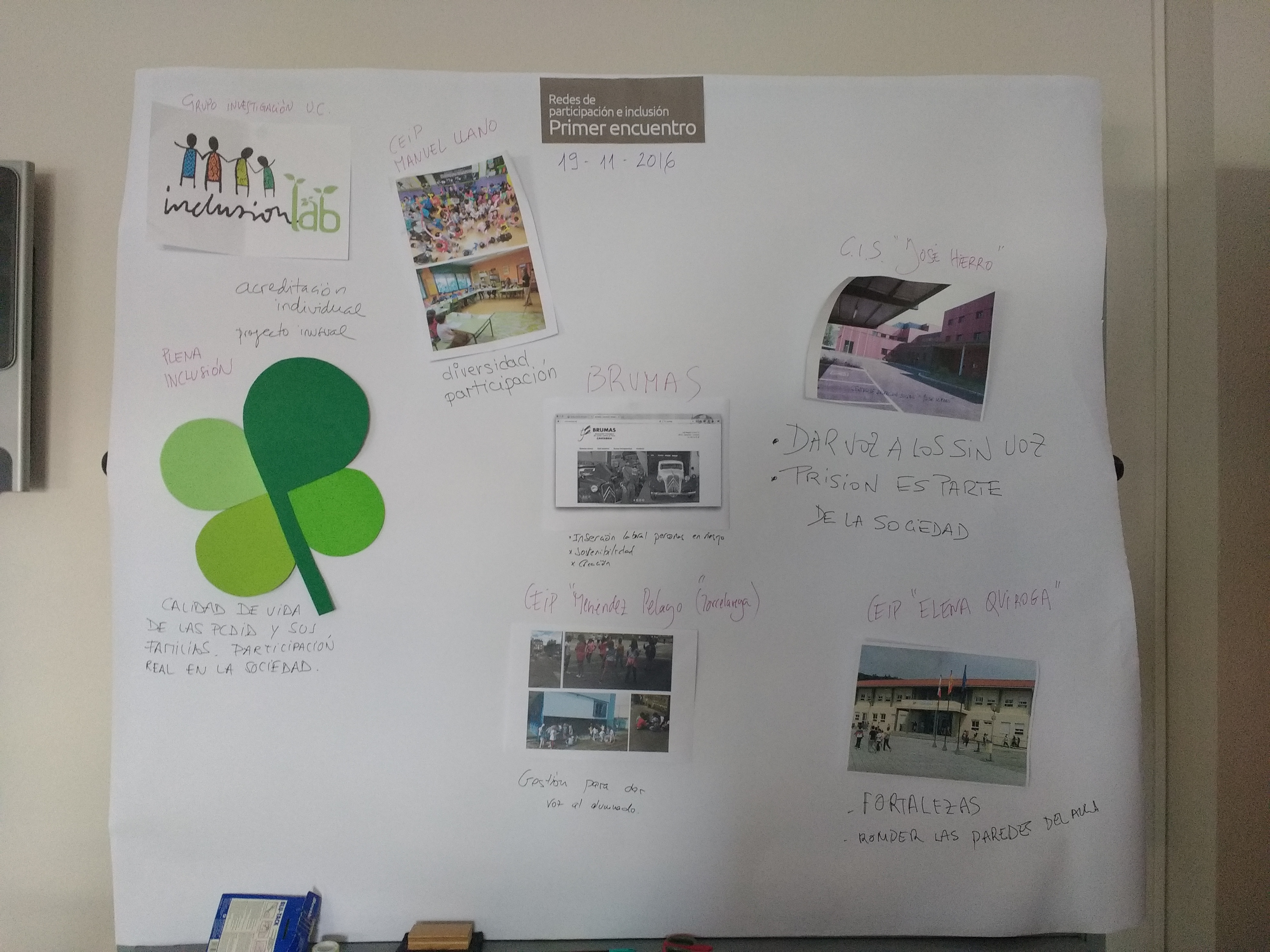On January 27, 2017, some people representing each of the groups met: Conchi, Carolina, Elena and Lucía and the entire In-ParES team: Nacho, Teresa, Susana, Adelina, Carlos, Noelia, Ángela, Elia and Julia.
In that session Teresa explained the roadmap that would help us to think together with each Centre or Institution about the organisation of work, What do we want to do? How are we going to document it? the scheme is as follows…
You can download our roadmap here.
Another aspect that worried us was how to work with audiovisual media, so Julia invited us to use the media we have available: mobiles, spotlights, systems for recording audio and video. We got together in groups and got on with it. Our concern was: to be able to tell in other formats what we are doing.
In the following link you can consult the recipes that Julia shared with us and that tried to give us clues to explore other formats, the visual, the sound, the audiovisual and add content to our web…
Recipe #1. Audio Record an interview or activity.
Recipe #2. Visual Graphically depict an activity, a person, a group.
Recipe #3. AudioVisual. Record an activity, a person, a group.
Recipe #4. InclusionLab. Create an element of the web inclusionlab.unican.es. (Organize our content, see page 16 aquí)
In a very tight time, we were rehearsing how to face different situations that we expected to have to solve later, some tasks that were rehearsed are:ere rehearsed are:
Scenes explored:
- Several people talking around a table.
- A person interviewing a couple.
- A person explaining a manual work process.
- A person commenting on an image, in front of the image.
These scenes that were posed at the time by each group confronted us with questions such as the concern for the lighting of the scene, the need not to identify the interviewees, the recording of the audio separately, the framing, the environmental sound …
We also used Youtube’s online video editing tool, which was very simple for us and which we soon found to be too small… we wanted more possibilities, setting up a video with a separate recorded audio, adding music, adding text… this allowed us to become familiar with video editing, audio and video channels, trimming video clips, etc.
In addition we try to record filler shots, small fragments of video that we can use to move from one idea to another, to introduce curtains, conclude, accompany the narration…
The time to work together was very scarce, but it helped us to face the task in a safe space, accompanied, and to start thinking about what we need to get better results.
To share this space of initial experimentation provoked some situations or conversations that I want to gather here as an example to think about the sense of the workshop, from my experience:
The moment when we couldn’t get the video out of a mobile phone with agility, mental note, bring the charger with you, always!
The moment in which I was included as an extra in a group in which a simulated parents’ interview was staged, a theatre!, from the outside, I, who had not attended the design of the activity, lived it as something real… was he telling his experience or someone else’s? and it was all improvised, he showed me a lot of possibilities… Thank you!
The moment when someone in the research group asks another person in the group: and you, how did you learn this intuitively, and makes me think about the importance of sharing strategies.
Their laughter mixed with moments of frustration and their faces of disillusionment when I reply that we can no longer with what we have planned and the time we have… sometimes passes. For this occasion it’s enough that we imagine the possibilities of mounting it, even if you can’t see it mounted. Maybe in another occasion… that there will be, for sure. Next time I promise to warn you that the end of the session can come without having a closed product.
Here we leave you some photos of the session
Segundo encuentro inclusionLab
